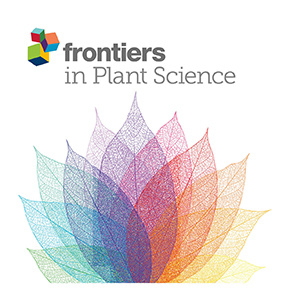
“Hemp seed (Fructus cannabis) is rich in lignanamides, and initial biological screening tests showed their potential anti-inflammatory and anti-oxidative capacity.
This study investigated the possible effects and underlying mechanism of cannabisin F, a hempseed lignanamide, against inflammatory response and oxidative stress in lipopolysaccharide (LPS)-stimulated BV2 microglia cells.
Cannabisin F suppressed the production and the mRNA levels of pro-inflammatory mediators such as interleukin 6 (IL-6) and tumor necrosis factor α (TNF-α) in a concentration-dependent manner in LPS-stimulated BV2 microglia cell. Furthermore, cannabisin F enhanced SIRT1 expression and blocked LPS-induced NF-κB (Nuclear factor kappa B) signaling pathway activation by inhibiting phosphorylation of IκBα (Inhibit proteins of nuclear factor kappaB) and NF-κB p65. And the SIRT1 inhibitor EX527 significantly inhibited the effect of cannabisin F on pro-inflammatory cytokines production, suggesting that the anti-inflammatory effects of cannabisin F are SIRT1-dependent. In addition, cannabisin F reduced the production of cellular reactive oxygen species (ROS) and promoted the expression of Nrf2 (Nuclear factor erythroid-2 related factor 2) and HO-1 (Heme Oxygenase-1), suggesting that the anti-oxidative effects of cannabisin F are related to Nrf2 signaling pathway.
Collectively, these results suggest that the neuro-protection effect of cannabisin F against LPS-induced inflammatory response and oxidative stress in BV2 microglia cells involves the SIRT1/NF-κB and Nrf2 pathway.”

 “Some time ago a wrote a blog about the use of certain components of the marijuana plant. It was a fairly short blog which I will include here. More and more states are proposing the legalization of marijuana. There are numerous health claims about hemp oil which is a derivative of Cannabis. There may be merit to these claims possibly by the action of the Cannabis on stem cells. Below is the blog and I will expand more on it:
“Some time ago a wrote a blog about the use of certain components of the marijuana plant. It was a fairly short blog which I will include here. More and more states are proposing the legalization of marijuana. There are numerous health claims about hemp oil which is a derivative of Cannabis. There may be merit to these claims possibly by the action of the Cannabis on stem cells. Below is the blog and I will expand more on it:


 “In the last decades, a lot of attention has been paid to the compounds present in medicinal Cannabis sativa L., such as Δ9-tetrahydrocannabinol (Δ9-THC) and cannabidiol (CBD), and their effects on inflammation and cancer-related pain.
“In the last decades, a lot of attention has been paid to the compounds present in medicinal Cannabis sativa L., such as Δ9-tetrahydrocannabinol (Δ9-THC) and cannabidiol (CBD), and their effects on inflammation and cancer-related pain.


